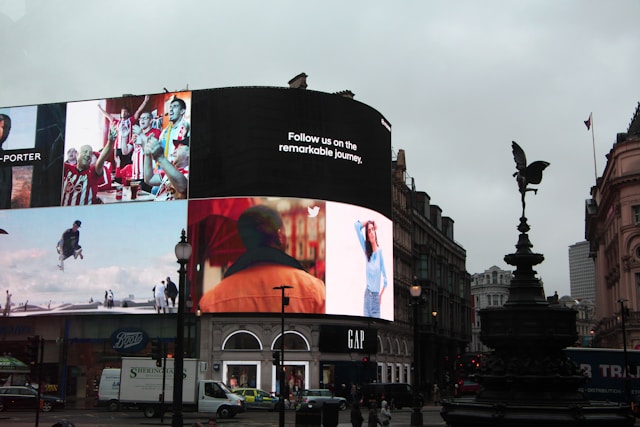Multimedia, which combines different types of media including textual content, photos, audio, video and interactive factors, plays a key role in enhancing the personal experience and developing engaging digital interactions. Here are several approaches in which multimedia affects users.
Visual engagement
Visual elements including pictures and movies attract attention and create facts quickly and effectively. They help create an emotional connection, spark interest, and embellish information, resulting in a more engaging and remarkable experience.

Narration and narration
Multimedia enables storytelling through many media formats. Visual, audio, and interactive factors combine to create compelling stories that can evoke emotions, convey complicated principles, and influence people’s behaviour. A well-crafted story can engage customers and leave a lasting impression.
Presentation of information
Multimedia provides many ways to present data. Instead of relying entirely on textual content, presentations can consist of visuals, infographics, videos, or interactive animations that provide comprehensive statistics honestly and concisely. This allows customers to seamlessly extract nearby standards, leading to a better understanding and retention of statistics.
Interactivity and engagement
Interactive multimedia factors that include clickable buttons, sliders, quizzes and games facilitate user engagement. They inspire energetic participation and create an engaging experience, offering a more interactive and immersive consumer experience. In addition, interactive multimedia allows for customization and personalization, allowing users to tailor their entertainment to their preferences.
Accessibility and inclusivity
Multimedia can improve accessibility by adapting to users with different needs. For example, closed captions or transcripts can make video content accessible to the hearing impaired, while text descriptions of opportunities allow visually impaired customers to capture photos. Multimedia can therefore provide an extra inclusive consumer experience for a wider target audience.
Branding and user perception
Multimedia elements that include emblems, colour schemes and visual identities contribute to the popularity of emblems and influence consumer perception. A consistent and visually appealing multimedia representation across virtual systems makes it easier to create a strong emblem presence, fosters belief and improves one’s overall experience.
Emotional connection and user satisfaction
By combining exceptional sensory elements, including visual, audio and interactive features, multimedia has the power to create emotional connections with customers. A well-crafted multimedia experience that evokes high-quality emotions can leave customers satisfied, delighted, and much more likely to similarly engage with the virtual platform.

It is important to note that while multimedia enhances one’s enjoyment, it must be used purposefully and thoughtfully. Cluttered or overwhelming multimedia can hurt usability and can distract or confuse customers. Achieving the right stability and ensuring usability and availability are critical to developing a successful multimedia consumer.
Conclusion
In short, multimedia factors embellish digital interactions by enticing users through visible engagement, storytelling, interactivity, and emotional connections. By harnessing the power of multimedia, designers and content creators can create memorable and immersive experiences that have a fantastic impact on customers.

